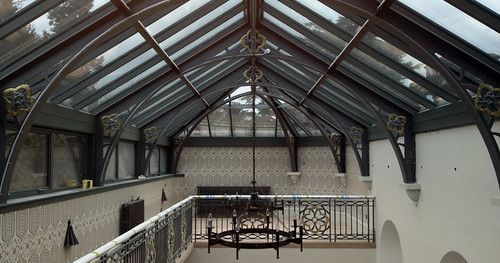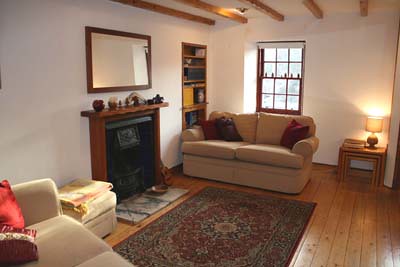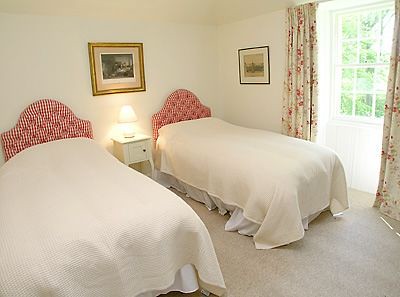Culross
Visitor's guide to Culross, a beautifully restored village in Fife. Includes info on what to see and do. Culross (pronounced "Coorus") is one of Scotland's most picturesque settlements, all cobbled streets and squat cottages with crow-stepped gables.
Pronounced 'kooros', this beautifully restored village contains the finest surviving examples of Scottish vernacular architecture from the 16th and 17th centuries. Culross was then one of the largest ports in Scotland, and enjoyed a flourishing trade in coal and salt with other Forth ports and the Low Countries. Following the industrial revolution, however, the little town went into near-terminal decline until the National Trust rescued it from decay in 1932.
Phone code: +44 (0)1383
Region
FifeLocal Sights & Activities for Culross
National Trust Visitor Centre
To appreciate the town's unique sense of history fully, explore its narrow cobbled streets on foot. A good starting point is the National Trust Visitor Centre, in the Town House, or Tolbooth, on the main road beside the palace, which dates from 1626. Here you can watch an excellent video charting the history of the town.
Culross Palace
The Palace was built between 1597 and 1611 by local merchant, Sir George Bruce, who made his fortune from coal and salt panning. It's not so much a palace as a grand house, but its crow-stepped gables and pan-tiled roofs give a delightful example of Scottish architecture from this period. Inside, the many small rooms and connecting passageways make it feel much larger than it is. The main features are the wonderful original painted ceilings and wood panelling. The National Trust has filled the house with 17th and 18th century furniture and restored the garden which now features a variety of vegetables, herbs and perennials from the period.
Back Causeway
A steep, cobbled street known as Back Causeway leads up behind the Town House to a tiny market place, where you'll find another distinctive building, the late-16th-century Study, a restored house that takes its name from the small room at the top of the corbelled tower, reached by a turnpike stair.
Culross Abbey
Further up the steep hill, past the many wonderfully restored little houses, is Culross Abbey, founded in 1215 by Cistercian Monks on land given to the church by the Earl of Fife. The original choir and tower are now the site of the parish church, which contains the beautiful family tomb of Sir George Bruce. There is little remaining of the rest of the abbey, but it's worth the climb for the peaceful surroundings and views over the Forth.




